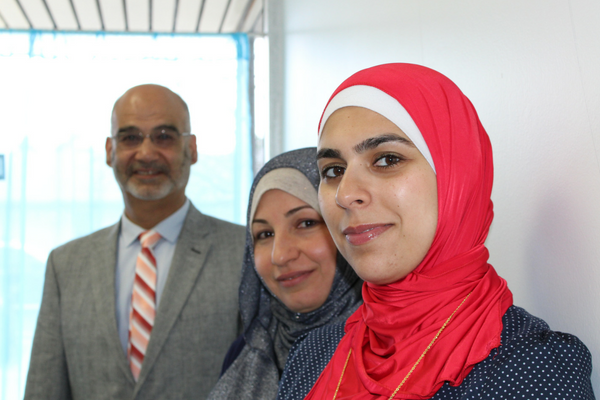Did you know that teachers are looking less and less like the student populations they serve? According to recent studies, our student population is becoming more ethnically, racially, and economically diverse, while our teacher population remains predominately white (83%). This difference might not be as stark at your school, but never the less, the implications are important.
Students tend to have better academic results when they have teachers who reflect their own race or ethnicity. This isn’t to suggest that you are a horrible teacher because you don’t look like your students, but rather that your classroom should explore what you can do to bridge the cultural gap. Here are 5 things you can do to promote cultural awareness in your classroom:
- Investigate and share your own cultures and experiences with your students. Teachers who embrace their own backgrounds will encourage their students to be open about their own lives and increase relational capacity.
- Ensure that reading materials are diverse in their subject matter and authorship. Allow students an opportunity to see people in their culture be highlighted in books they are reading. In turn, this can offer a sense of belonging for your students.
- Create fair and equitable behavioral policies. Assess your interactions with students. Does one student get in trouble more frequently than another? Are you more likely to watch this particular student for bad behavior than other students? Check yourself every so often to make sure you are holding all students to the same standards.
- Provide opportunities to get to know your student’s families. Offer an open classroom policy where you invite parents/family members to come visit or volunteer in your classroom.
- Encourage your classroom to look at itself as “salad bowl” as opposed to a “melting pot.” A melting pot lumps everything together and creates a new substance that doesn’t differentiate between the ingredients. In a salad, ingredients are added but don’t lose their own identity. Encourage and embrace the diversity of all your students and learn from one another.
Charter schools are more likely to teach economically and racially diverse students than traditional schools. It is important that cultural diversity and awareness be a central and deliberate part of a classroom’s interaction with students. Understanding your students, their rich cultures and experiences, are one of the most important ways to make strong connections and trust, can positively influence your relationship with them.

No Comments Yet
Let us know what you think